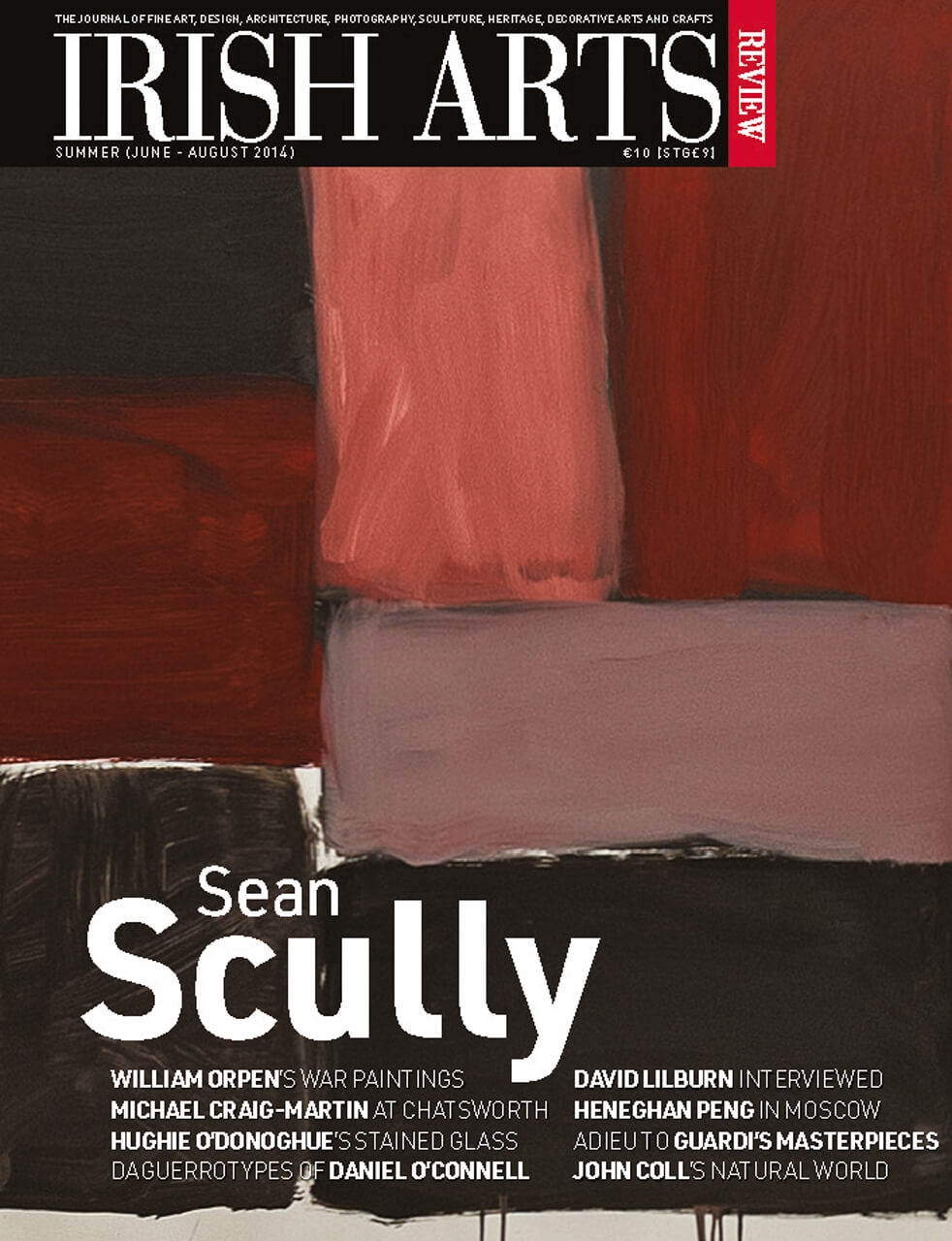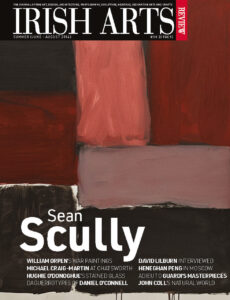

The avant-garde furniture of Joseph Walsh by Susan Rogers and Alannah Hopkin
When Joseph Walsh began his career making vernacular furniture locally he hadn’t planned the journey that has taken him to international success. Not only is Walsh self-taught, he did not even work alongside another furniture maker until he was eighteen. He is the middle child of a family of nine, born in 1979, and grew up on the family farm near Kinsale, where his company is based. Ill health took him out of school, and while he was recovering he started making a kitchen dresser in yellow pine. This interest developed and prompted his parents to suggest furniture college, but he resisted. Both Robert Ingham and John Makepeace later told Walsh that it was better that he had no formal training, because it forced him to explore his own path.
From the early days of his career Joseph Walsh had an interest in showing his work outside of Ireland, not necessarily in search of a market for his work but more as a challenge to himself as a maker. Visits to makers and museums in the UK and boat builders in Scandinavia broadened Walsh’s education. He looked to the best makers and aspired to exhibit with them. Walsh first showed in the UK twelve years ago. He then went on to exhibit his work at the prestigious Nilufar Gallery in Milan in 2006. In 2007 Walsh exhibited work at SOFA Chicago, the world’s most preeminent fair devoted to Sculpture, Objects, Functional Art + Design.
In 2008 Walsh had a major show in New York at the American-Ireland Historical Society on Fifth Avenue. It was a great success, but Joseph reacted strongly to the overview of his work: ‘I wanted to take a chainsaw to it all. I fell out of love with everything, I wanted to start again.’ This was the impulse behind the birth of the extraordinary Enignum series (Fig 1).
New York success was followed in 2009 by a London show at the Pavilion of Art and Design, where the Enignum I dining table caused a sensation. This led to the creation of Enignum VI Canopy Bed – Chatsworth for the exhibition ‘Modern Makers’ at Chatsworth House, Derbyshire in England in December 2013 (Fig 4). Since then, the Duke and Duchess of Devonshire, whose legendary collection of paintings and decorative arts is considered to be one of the world’s greatest, commissioned a site-specific bed for a particular room in the house. The bed, stunningly graceful, reaches a height of over six metres and is made from olive ash with a white oil finish. The Enignum series comprises a body of work which can extend from a bed to a table to a screen. The work encompasses both functional and non-functional works. Each piece today is one-of-a-kind.
Walsh is currently developing a series entitled Lilium, where geometric shapes meet free-form lines (Fig 3). This for Walsh is an extremely challenging series in terms of the making process, the most technically challenging work that the studio has ever realized. Born of the Enignum series, Lilium is yet another display of the creative depth and energy of Joseph Walsh. Because of the enormous challenges inherent in the Lilium series the number of pieces made will be limited. The maker’s intention is to create a small number of sculptural table forms as well as some screens. In the series each piece begins with a bulb-like form that expands organically into free-forms. Walsh has been invited to create a sculptural installation for Roche Court, a 19th-century house situated in parkland in Wiltshire in England. A sculpture park, Roche Court exhibits the work of luminaries from the art world such as Barbara Hepworth, Henry Moore, Antony Gormley and Rachel Whiteread to name a few. For Walsh this work entitled Magnus Celestii represents a radical departure in terms of scale. End to end the piece is twenty-five metres long and reaches a height of five metres. This site-specific installation demonstrates Walsh’s ability to make wood flow like a ribbon, gracefully swirling upwards and around to occupy the space in the Artists’ House at Roche Court. Part of the conversation with curator Sarah Griffin that led to this project was a stipulation that the piece be functional. This is so beautifully incorporated that at first glance it would be easy to overlook the desk that elegantly punctuates the installation. Visually complex and technically exceptional, Lilium takes Walsh’s work to a new level of sophistication.
Design Show’ Magnus Celes ≠tii’ Artist House, Roche Court, Winterslow, until 6 July 2014; ‘Lilium Series’ Oliver Sears Gallery, Dublin 9 October – 27 November 2014.
Susan Rogers lectures at GMIT Letterfrack, Galway and Alannah Hopkin



